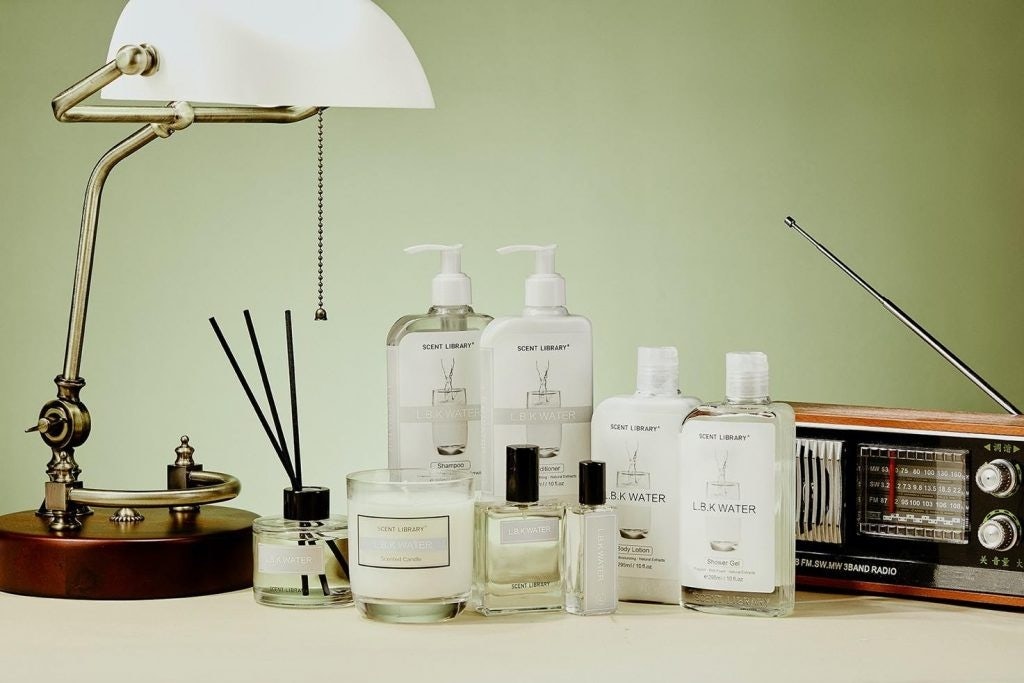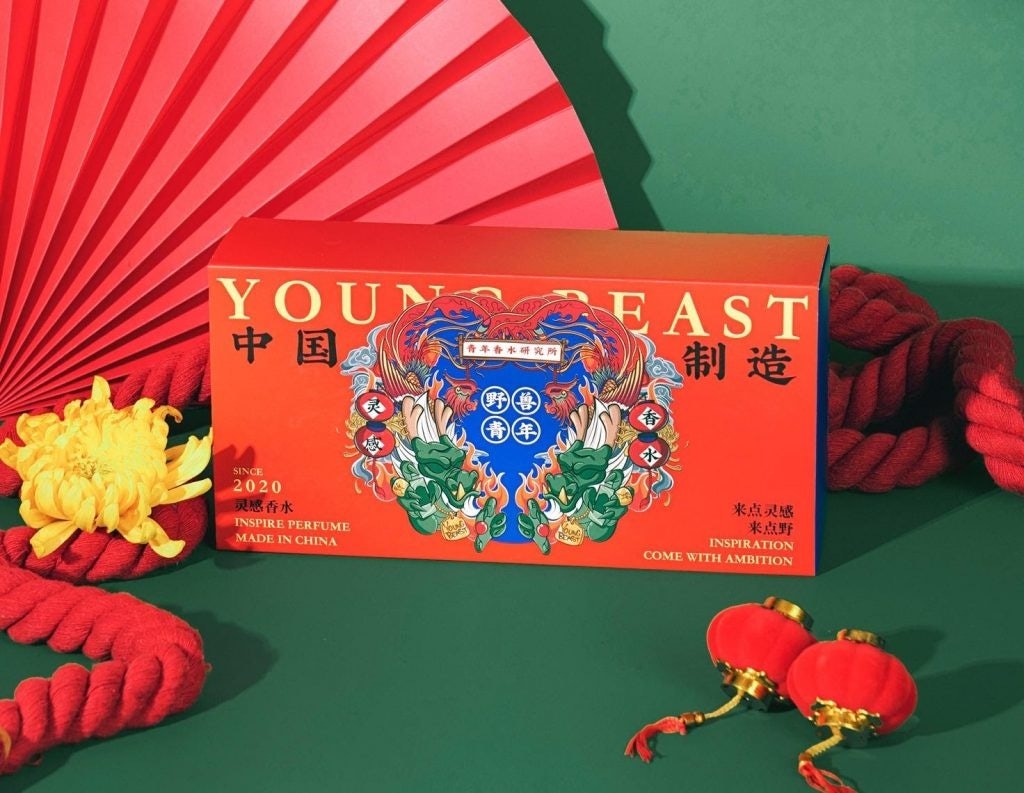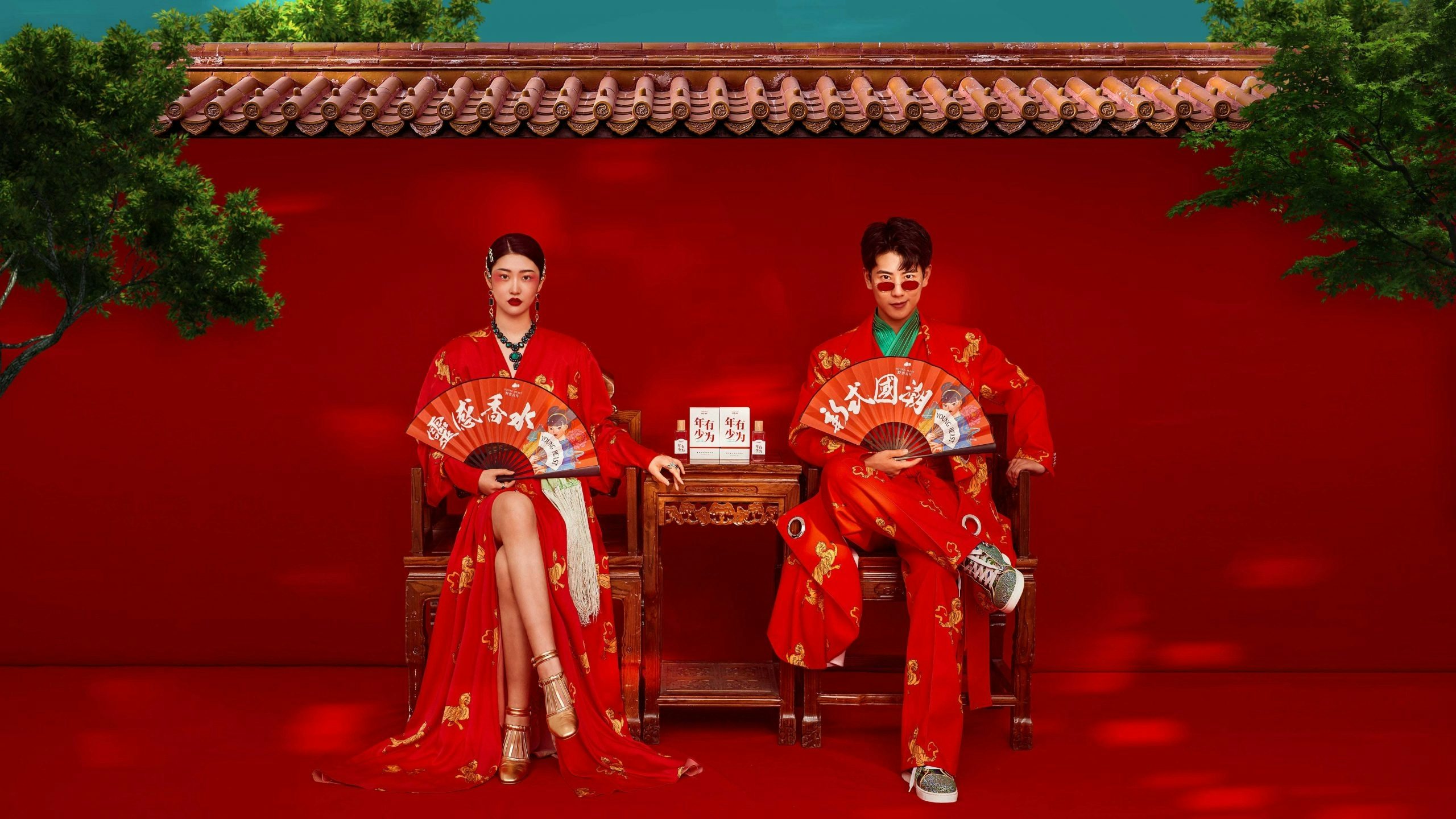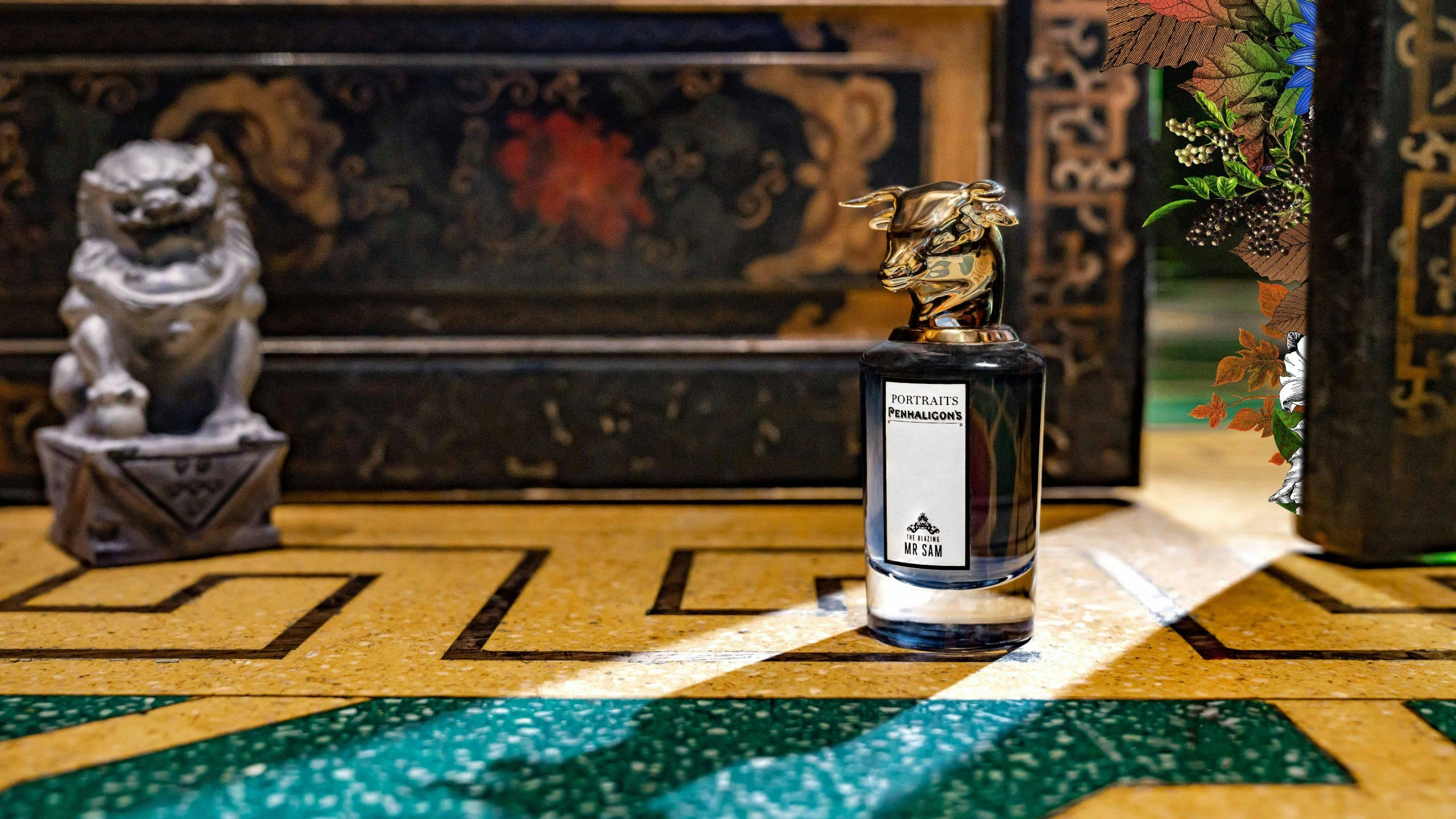Key Takeaways:#
Established international brands used to have a competitive edge in China’s quick-growing perfume market. But a combination of emerging domestic labels and nationalist cultural shifts have changed that.
A rising number of made-in-China, made-for-Chinese brands are winning the Chinese perfume market by taking advantage of the market’s desire for local storytelling.
To compete in China's perfume market, international brands must revisit their product storylines and fit them into younger consumer lifestyles.
Guochao, which means “Chinese heritage hip,” is a movement that blends Chinese cultural motifs with street styles and fashion. And now, it is hitting the perfume market.
Despite being relatively new to the habit of using perfume in their day-to-day lives, China’s younger consumers have already demonstrated that they want something more distinct than the usual Chanel N.5. Not only are they looking for novelty, but they also crave scents and imagery that evoke a sense of Chinese identity.
Accelerated by soaring nationalism, a growing cohort of made-in-China and made-for-Chinese perfume brands are grabbing market attention today. In 2020 alone, four domestic perfume brands, including Scentooze, Yu Fan, Plustwo, and RE CLASSIFIED, have received tens of millions of dollars in investment backing.
Long gone are the days when established global brands could simply crack the Chinese market with a French label and a cliché image portraying an actress wearing the scent during a night walk in Paris. In a market that is increasingly being dominated by up-and-coming Chinese brands, Guochao-themed shopping festivals, and openly patriotic influencers, international perfume houses can no longer claim to be the authoritative gatekeepers of refined taste.
As a result, young China's new scent-scape today is significantly more rooted in a Chinese context — one that possesses a very different aura and set of storytelling priorities. Instead of creating yet another bottle named after a night in Paris or a summer in Capri, Guochao brands are increasingly turning toward local lifestyles for inspiration.
Some have drawn inspiration from China’s rich literary history and artistic heritage. The D2C label Wegoo has named its bottles after classic ambiances portrayed in ancient Chinese poetry, such as Sweet Osmanthus Rain (满陇桂雨). Meanwhile, the brand Liu Hua Shu created scents like Traditional Chinese Pear Incense (鹅梨帐中香), which have notes based on traditional incenses used in Chinese households. And RE CLASSIFIED, a Guochao perfume retail chain that is quickly expanding into top-tier cities, taps into the Chinese dramatic traditions by using character roles in Peking opera, such as Sheng Dan Jing Mao Ugly (生旦净末丑), for its product concepts.
Others have taken advantage of the childhood memories of millennial Chinese by tapping into a collective nostalgia. For example, the emerging perfume house Scentooze launched a Bubble Tea scent and a scent labeled Baby Goal imitating the smell of RMB cash notes. Scent Library, the best-selling perfume store on Alibaba’s Tmall over the past three years, used the classic symbols of a Chinese summer as its perfume concept, including names such as Room Temperature Water, Fresh Watermelon Juice, and Sugar-dipped Tomato slices. Additionally, Young Beast, a Tmall-native perfume label, built product lines called Young and Ambitious and Wave Chaser to reflect common young Chinese sentiments.

By taking inspiration from Chinese literary traditions and everyday customs, Guochao brands have successfully created a sense of identity that resonates with younger consumers and strengthens an emotional link to their scents.
For international fragrance players, this Guochao perfume boom in China might seem like an outgrowth of the younger generation’s growing nationalism and, therefore, its increasing pride in “Made in China” labels. However, this phenomenon has also revealed two crucial missed opportunities that international brands are failing to address: a lack of Chinese storytelling and middle-range offerings.
First, the quick rise in popularity of Guochao perfumes has shown new-gen consumers’ hunger for storytelling that reflects their cultural milieu. So far, mainstream, international perfume offers still primarily revolve around Western ideals and metaphors. And when it comes to limited-edition China-tribute launches, they often fall into a few common Oriental stereotypes, such as "tea garden" or "sweet Osmanthus," and ignore China’s contemporary contexts.
Guochao brands, on the other hand, have captured the market’s need for modern, local storytelling. “Fragrances are closely linked to emotions and are more of a spiritual than physical purchase for consumers. Additionally, Chinese consumers live fundamentally different lifestyles than their Western counterparts, making it difficult for international perfume brands to create an emotional resonance,” said Rachel Gu, founder of Guochao brand Scentooze, in an interview with the Chinese media outlet Cosmetic Business Online.
Second, the rapid expansion of Guochao perfume brands in the Chinese retail market also reveals massive potential for mid-priced offers. Louis Wen, founder of the fast-rising brand Young Beast, used the word “extreme” to describe China’s current perfume market. “Most choices available to consumers are either big-name perfumes that cost thousands of dollars and cater to Western tastes or low-end domestic ones with a strong alcohol smell,” he said in an interview with Jing Daily.

Having seen this gap in the market, he wants Young Beast to be a higher-quality, affordable choice for consumers while still offering them relevant, local narratives. Founded in September 2020, the brand, which boasts a product portfolio of easy-to-carry 30ml bottles under 30, reached its first one million RMB (155,000) revenue goal in only five months.
Fast-growing and hungry for novelty, the Chinese millennial and Gen-Z fragrance market is still ripe with opportunities. But to compete with savvy, emerging Guochao labels, brands must dig deep into local Chinese culture to appeal to these generations' experimental approach to scents.

